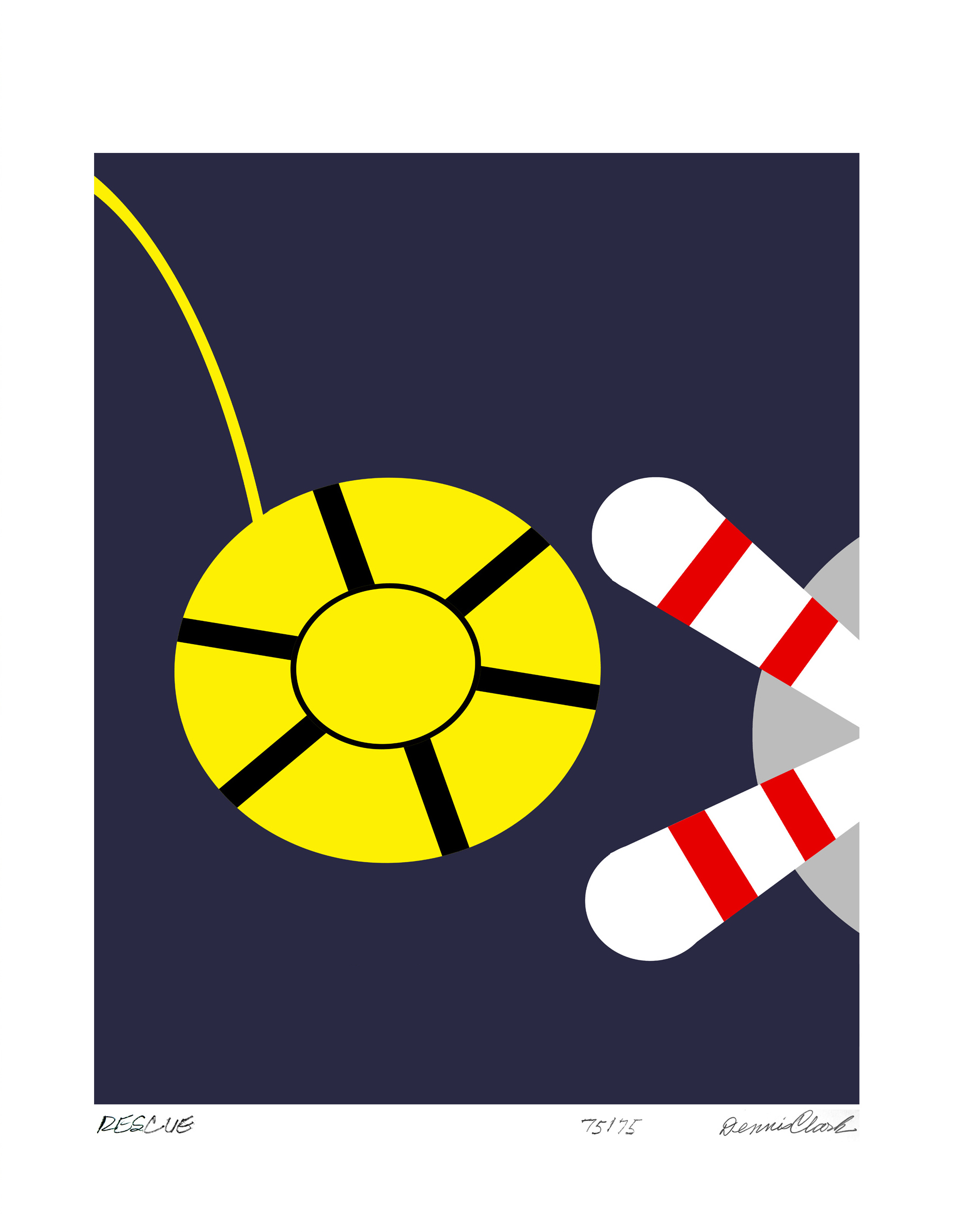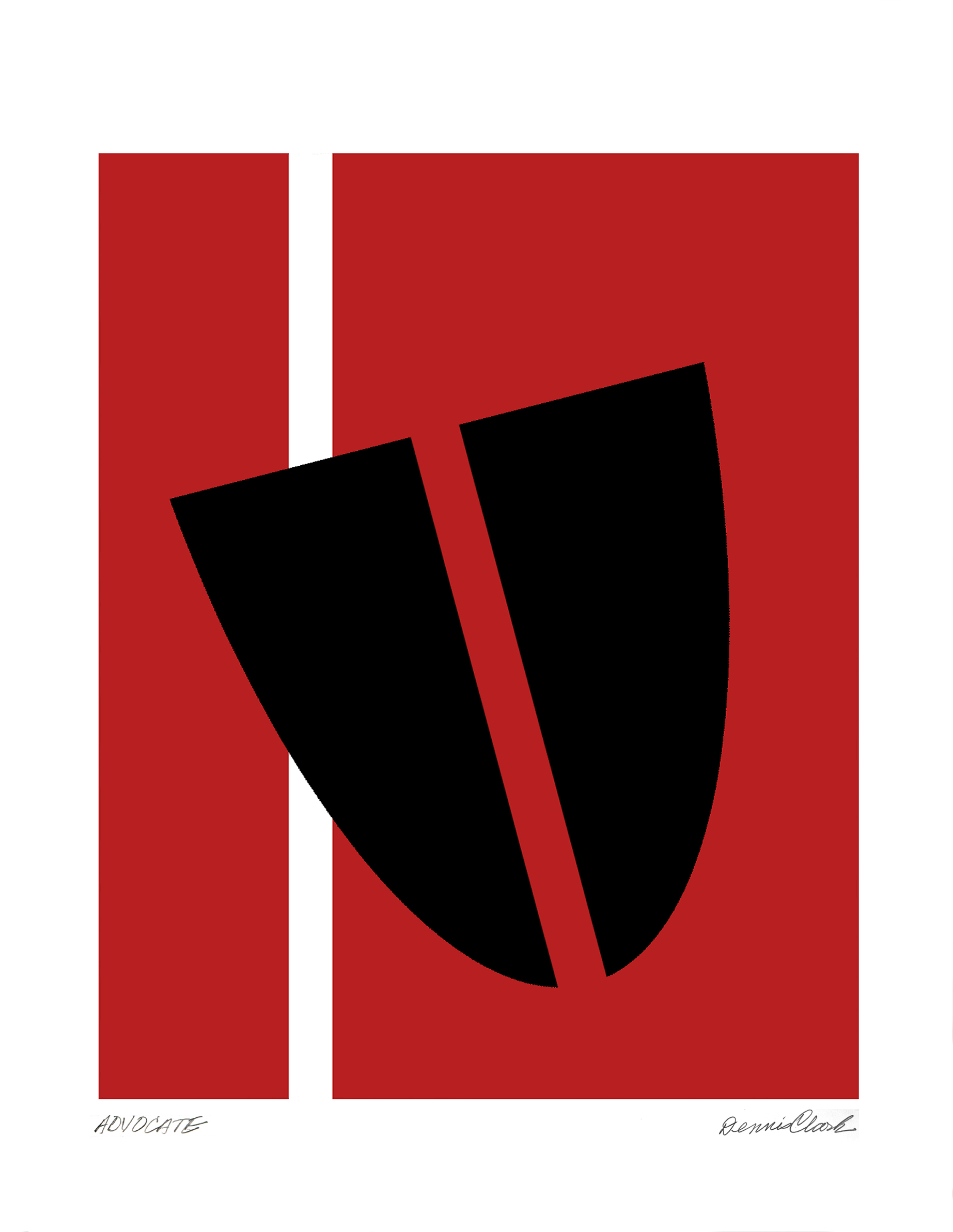FAQ
Please click on the links below to view the FAQ response.Giclée Process FAQ
What is Giclée Printing?
Giclée printing is a process that uses fade-resistant, archival inks and archival substrates to print on large format printers. The term Giclée printing is based on the French word "le gicleur" meaning "nozzle", or more specifically "gicler" meaning "to squirt, spurt, or spray".
Why Giclée Printing?
Giclée printing is often used by artists to make reproductions of their original two-dimensional artwork, photographs or computer-generated art for resale while preserving the original.
Giclée vs Digital Prints- Pros and Cons!
One of the common questions we get from clients is what is the difference between Giclée Archival Prints and Digital Prints and the Giclée archival prints.
Giclée printing is one of the best print reproduction methods available. It is a process that uses a 12 color ink jet printer, acid free papers, and pigment based archival inks. This insures that your prints will never degrade or yellow over time and allows a better longevity. Giclée printing is priced per square foot and includes color matching in the offered price.
Digital Prints are generally offered on watercolor paper, comic paper (think street poster) or high gloss photo paper. Digital Printing is the most affordable method of printing. Digital printing is as simple as printing at Kinko's but with a better attention to detail and superior paper options and print quality. However, it is only a four color process versus the Giclée which is a 12 color process. This means that color matching is not guaranteed and there is a chance the detail and color could be up to 10% off the original piece.
So, if you are looking for longevity and are willing to pay a little extra per print, Giclée printing is the way to go. If you are looking for something a little more affordable then digital printing is a great alternative. Be sure to keep these tips in mind when evaluating Giclée vs Digital Prints!
Giclée printing is one of the best print reproduction methods available. It is a process that uses a 12 color ink jet printer, acid free papers, and pigment based archival inks. This insures that your prints will never degrade or yellow over time and allows a better longevity. Giclée printing is priced per square foot and includes color matching in the offered price.
Digital Prints are generally offered on watercolor paper, comic paper (think street poster) or high gloss photo paper. Digital Printing is the most affordable method of printing. Digital printing is as simple as printing at Kinko's but with a better attention to detail and superior paper options and print quality. However, it is only a four color process versus the Giclée which is a 12 color process. This means that color matching is not guaranteed and there is a chance the detail and color could be up to 10% off the original piece.
So, if you are looking for longevity and are willing to pay a little extra per print, Giclée printing is the way to go. If you are looking for something a little more affordable then digital printing is a great alternative. Be sure to keep these tips in mind when evaluating Giclée vs Digital Prints!
Who invented Giclée printing?
Giclée (/ʒiːˈkleɪ/ zhee-KLAY) is a neologism coined in 1991 by printmaker Jack Duganne for fine art digital prints made on inkjet printers. The name originally applied to fine art prints created on a modified Iris printer in a process invented in the late 1980s.
Is Giclée printing considered fine art?
A Fine Art Print is a term used to describe an extremely high quality print. Fine art prints are often printed from digital files using archival quality inks and onto acid free fine art paper. It is the acid content in many papers that makes them turn yellow, brittle & crack over time. All of our prints are printed using the Giclée process fade-resistant (12 colors), archival inks and printed onto acid free fine art paper.
How are your Giclée prints shipped and what is my cost?
Giclée prints are shipped rolled in a fine artwork tube. The cost of shipping is included in the price, there is no additional charge, unless some form of premium shipping is requested (i.e. by air).
Orders FAQ
Do you offer to frame prints in a different color (red or yellow) if I request it?
Due to the large number of framing materials and colors, we do not offer a frame option on online purchases of our prints. However, we do offer a 'Special Order Option' by contacting us via email and we can then discuss framing and additional costs in addition to the Giclée print frame price.
Are there any additional charges other than the price of your artwork?
No. All priceing includes packing materials and standard shipping by United Parcel Service (UPS). If premium shiping (air) is required contact us by phone or email after placing an order.
How long after I place an order will my order ship?
Typically within 7 to 10 days. When we receive an order, we will contact you and advise the shipping date.
Can I cancel an order?
Most orders are scheduled for production after we receive confirmation of payment. In the event you wish to cancel your order, contact us by email or phone and we will attempt to accommodate your request.

